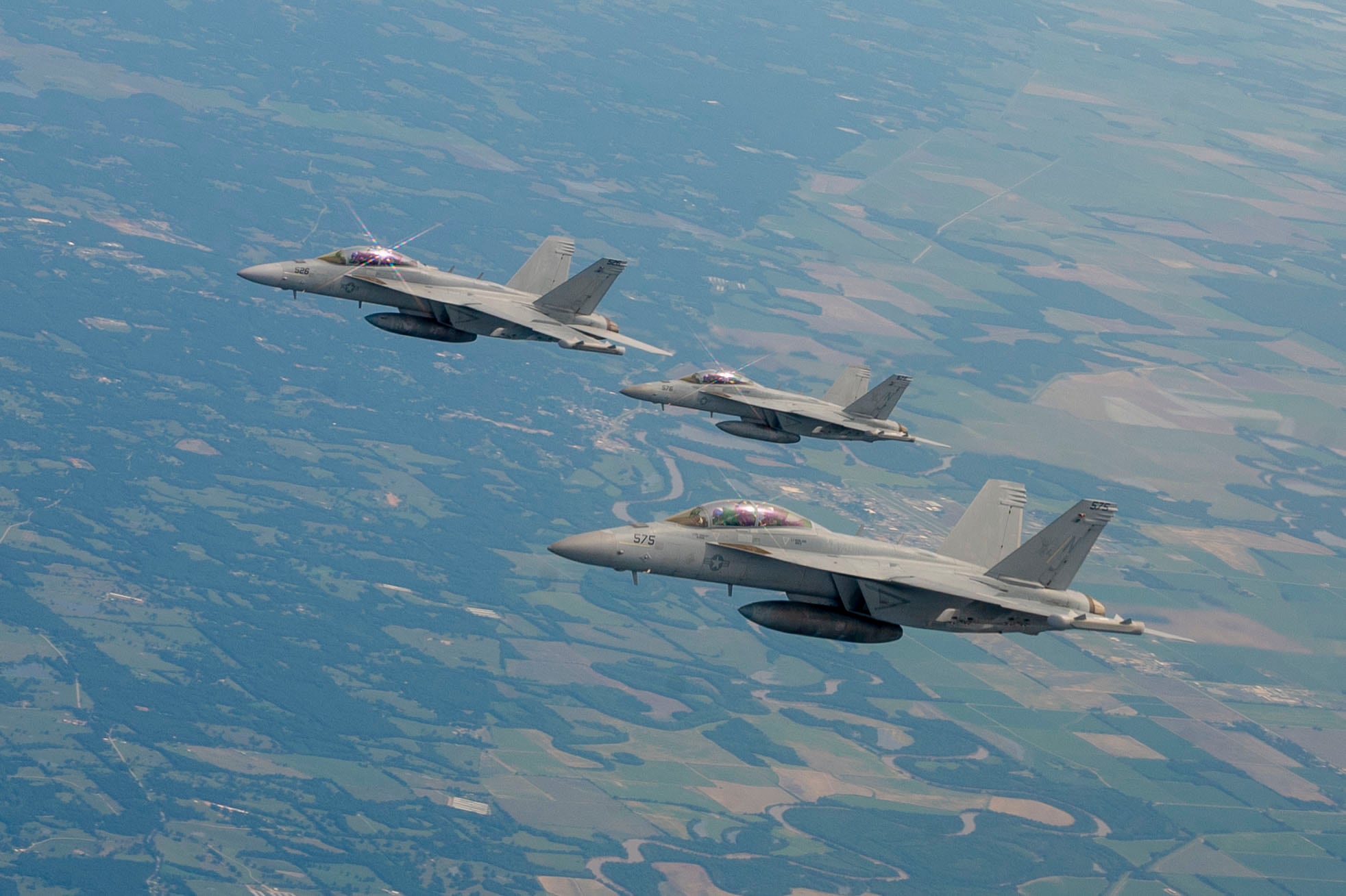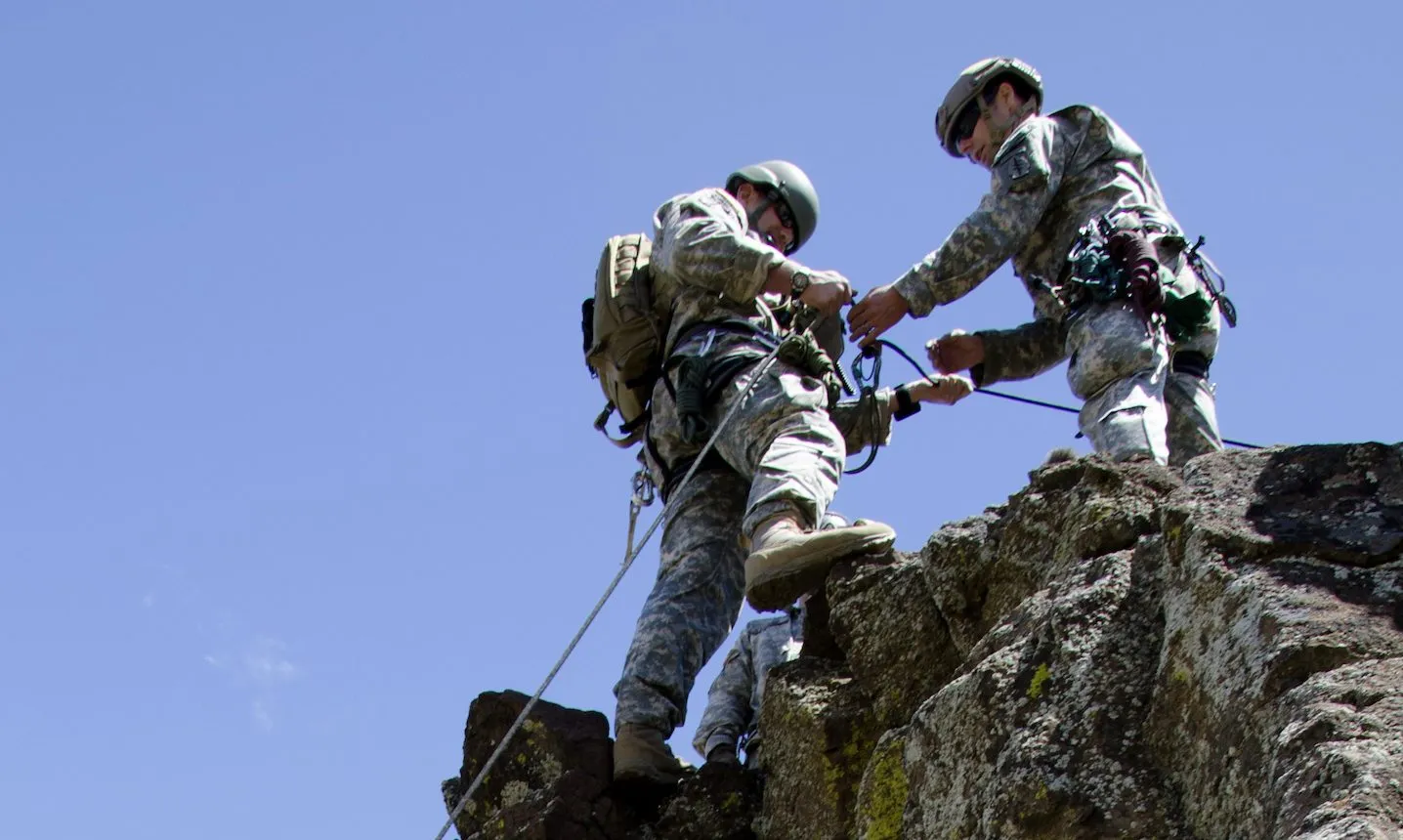Army Special Forces Join Search For Missing Navy Pilots
Efforts to locate two missing Navy aviators continue after their EA-18G Growler jet crashed in a remote area east of Mount Rainier, Washington.

Search for Navy Aviators Intensifies
The aircraft, part of Electronic Attack Squadron 130 from Naval Air Station Whidbey Island, went down during a training mission on Tuesday at around 3:20 p.m. local time. Despite locating the wreckage the following day, authorities have yet to confirm the fate of the crew. The wreckage rests approximately 6,000 feet above sea level in a steep, heavily wooded area that poses significant challenges to search and rescue teams. The difficult terrain has prompted the involvement of Army Special Forces from the 1st Special Forces Group (Airborne), stationed at Joint Base Lewis-McChord, to assist in the recovery mission.
Specialized Army Assistance
The 1st Special Forces Group brings highly specialized skills critical for navigating the challenging conditions of the Cascade Mountain Range. Their expertise includes mountaineering, high-angle rescue, medical support, and technical communications—capabilities necessary to access areas that are otherwise unreachable by standard means. “The unit brings specialized mountaineering, high-angle rescue, medical, and technical communication skills necessary to navigate the difficult terrain associated with the Cascade Mountain Range that is inaccessible by other means,” the Navy said in a statement. Despite these efforts, the Navy has emphasized that no confirmation regarding the survival of the aviators can be made until a thorough assessment of the crash site has been completed. The wreckage is difficult to reach, and only after a detailed evaluation can authorities provide any definitive information.
Navy Urges Patience and Privacy
Captain David Ganci, commanding officer of the Electronic Attack Wing, reiterated the Navy’s commitment to finding the two missing crew members. In a statement, he urged patience from the public and respect for the privacy of the aviators’ families during this difficult time.
“Our priority is to locate our two aviators as quickly and as safely as possible,” Ganci stated. “Adhering to [Pentagon] procedure, we cannot identify or confirm the names of aircrew involved in a mishap until 24 hours after their next of kin have been notified of their status. Please remain patient and limit speculation about the incident. That is one of the best ways we can respect the privacy of the loved ones who are impacted by this tragic event.”
The Navy has been cautious in releasing information, and speculation surrounding the incident has been discouraged. Until the families of the aircrew are notified, no further details about the identities of the aviators will be made public.
Remote Location Challenges Rescue Efforts
The location of the crash, high in the Cascade Mountains, adds significant difficulty to the ongoing search and rescue mission. The steep terrain and heavy woodland make it nearly impossible for vehicles or aircraft to reach the site, necessitating specialized ground operations. The search teams face not only the challenges of the environment but also the uncertainty of what they will find when they reach the wreckage.

As the search continues, the focus remains on locating the aviators and bringing closure to the families affected by the tragic incident. Authorities will continue to update the public as more information becomes available.


Comments are closed, but trackbacks and pingbacks are open.